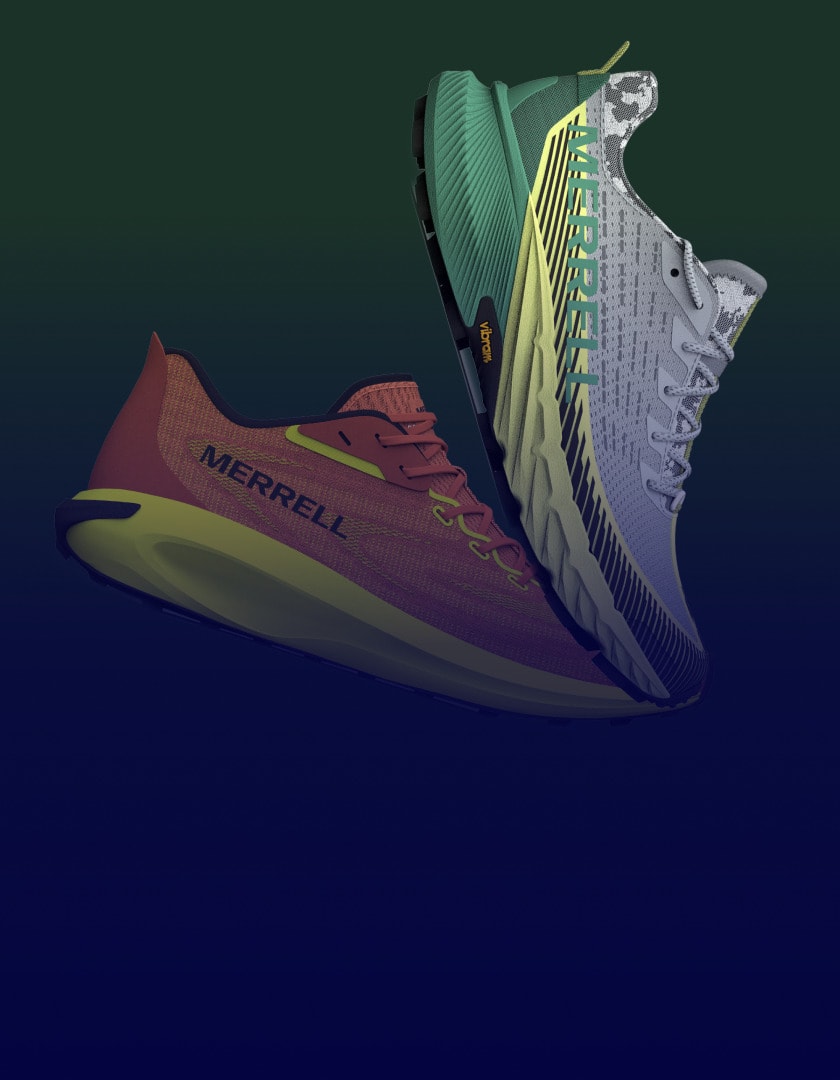Time for Transformation
“There was no single source of truth for product information. It was scattered in multiple spreadsheets and local computers housing product attributes. You never knew which information was accurate, which was the latest version.”
Douglas Estremadoyro, VP of Business Innovation at Four Hands recalls their product development process from a few short years ago.
Today, all product information is housed in one accessible place, product development visibility and efficiencies are significantly improved, data accuracy is up and work duplication is reduced. What drove this transformation?
Texas and Beyond
Founded in 1996 and headquartered in Austin, Texas, Four Hands has offices in China, Vietnam, India and Indonesia. The company designs and manufactures home furnishings for living room, bedroom, dining room, office and outdoor. They have been growing rapidly, especially over the past few years. Today, they have more than 500 employees, 10,000+ active dealers, 100+ active suppliers and 5,000+ active SKUs. Their wares are sold through multiple channels, from major furnishings retailers to small boutiques and, of course, e-comm.

Estremadoyro, says, “Four Hands at the core, is a product company. We are known for designs that customers like. We produce furnishings that are refined and classic, yet innovative and cool.” He continues, “Behind the scenes we are a sourcing company, we are a warehousing company, a sales company and a distribution company. Across all those items of the value chain is the management of information from design all the way to the customer.”
“We are very customer-centric and nurture those relationships. We try to be flexible and to go that extra step. For example, some want customized labels and we even work with change orders,” says Estremadoyro. “But having grown so much, we need to have that operational excellence and be efficient in everything we do especially on the distribution side of things.”
Pivoting to PLM
Estremadoyro was hired in 2018 with a mandate to drive innovation and implement next-gen systems at Four Hands, while taking a project management approach to tackling complex, cross-functional projects. He says, “We have a very strong in-house IT development team and traditionally our systems had been homegrown so we wanted to shift that energy and focus to next-gen systems.”
“We had multiple divisions with work in progress and no consistency in the process,” Estremadoyro says. He goes on to describe the challenges of communicating with team members in Asia and vendors via endless emails and designs on PowerPoint. There was no visibility into product development either. These factors drove Four Hands to seek out PLM.
Systematic Selection
A formal software selection process was carried out in 2016. The team spent several months gathering requirements from the product development side of things, to the sampling process, to sourcing, and more. Says Estremadoyro, “We took into account needs from the US and from our international offices alike. Then there was a formal evaluation of several packages available in the market at the time, with Centric being one of them. The end result was the selection of Centric PLM™.”
Industrious Implementation
Estremadoyro says of implementation: “Like every major change in our organization, it took effort and focus, especially on the change management side. It was a challenge going from Excel spreadsheets to a very structured system. But we have the right partner and the right methodology. We tackled one thing at a time, starting with one part of the workflow, then finishing it, and on to the next. We iterated like that, and whenever there was a problem we wanted to revisit, it was easy to go back and make the tweak, and then keep going. It wasn’t your traditional waterfall rollout.” He also emphasizes the importance of data and building the libraries.
Winning Factors
Estremadoyro explains that one of the essential factors that led to success in implementing Centric PLM was not positioning it as an IT project. “We were very intentional with naming sponsors from the functional areas like product development, sourcing, international. It was a business project and framed as such. That was the perspective that we had going in, and it proved to be the right one. The key resources were the subject matter experts (SME) from the different functions who devoted a very significant amount of their time for several months to this project. We empowered them to make decisions about the design, configure the system with the help of Centric technical folks, carry out testing, create training documents, and actually do the training. Ultimately, I think they’re the heroes of this implementation.”

Reaping the Benefits
Four Hands went live in August of 2019. Estremadoyro recalls, “One user told me a few months ago, that before Centric PLM, every morning he had to review dozens of emails, hundreds of notifications plus a collaboration tool that we had, just to know what to do that day! But now, he logs into the system and knows the status of each project and exactly what he needs to do, so it’s been a tremendous improvement from that standpoint.” Currently, there are 115 active users in the US, China and Vietnam. The data in the system is impressive: 45,000+ colorways, 100,000+ calendaring activities¬—steps in the development process that they are tracking, and more than 20,000 supplier quotes processed. Estremadoyro says,
The beauty is that we now have this single source of the truth for product information that we use across the board for all our systems.
We have a consistent process for product development; it is built right into the platform. There are specific steps to execute, specific checkpoints and milestones. Efficiency is up, the reduction in emails is just amazing and data accuracy has absolutely improved. Now we know where to go to get the height of an arm rest, for example. We are confident that the information in Centric is accurate and the most up-to-date.”
Pandemic Effect
As with every company, the pandemic caused a shake-up of business-as-usual. Initially, Four Hands went into cash flow protection mode—canceled travel, froze hiring, curbed expenses. A mandatory stay-at-home order shut down the city of Austin in March. Fortunately, Four Hands had already implemented Centric PLM and was able to go 100% remote. In the end, 2020 ended in double-digit growth for the company, breaking all previous records in terms of shipments, orders, transactions, and cartons handled in the warehouse. Four hands also saw significant growth in all distribution channels. The lesson learned was that they could still achieve great results with remote working and alternate ways to introduce product beyond conventional furniture shows.
Future Enhancements
“We did a survey after the go-live, and then repeated it several months after that. We saw improvement in terms of what our people think about the user interface and flexibility for reporting. After a year or two into it, the users feel comfortable with the system and are actually getting the most out of it,” Estremadoyro says. “We’re following Centric’s traditional path of go-live, stabilize, optimize… and now we can look to enhance.”
New to Centric PLM? Learn more
Centric AI Fashion Inspiration Learn more
What is Centric Planning? Learn more
Demand Planning Learn more
What is Centric Pricing & Inventory? Learn more
What is Centric Market Intelligence? Learn more
Centric Visual Boards Learn more

















